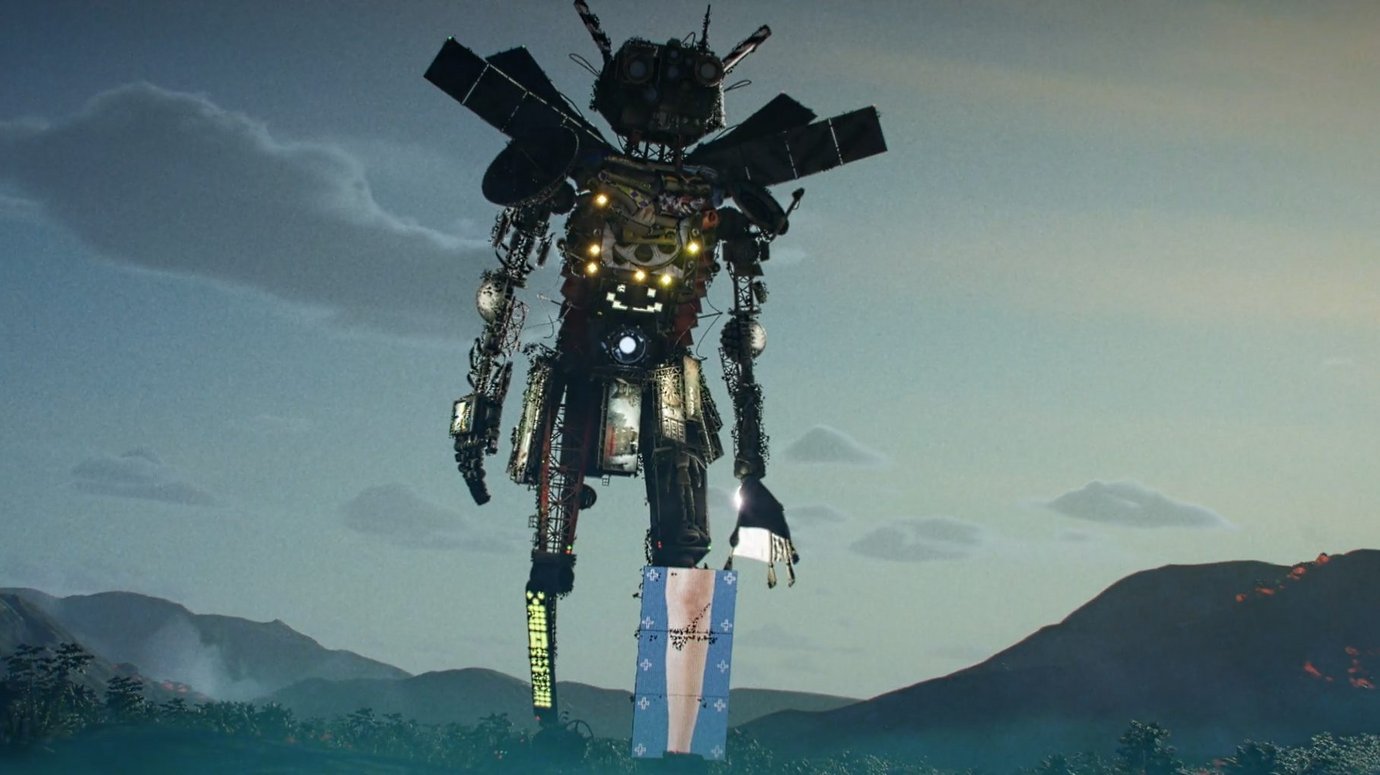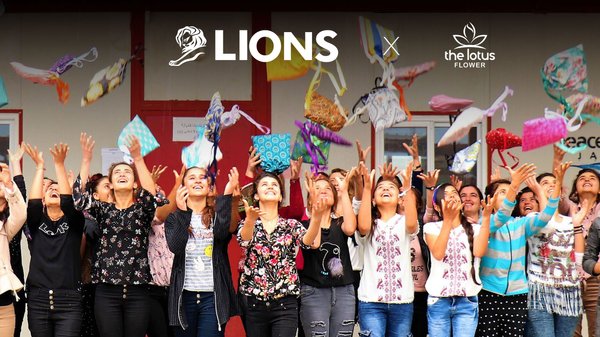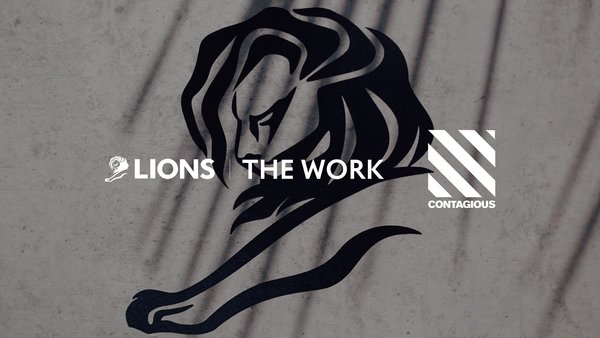Contagious Dispatch: Adfest 2023 /
Contagious co-founder Paul Kemp-Robertson reports back from Adfest in Thailand.

Purpose still sits pretty /
Purpose-driven campaigns continued to tug at juries’ heartstrings at Adfest, perhaps the industry’s most welcoming festival, with its Moonie-wedding communal lunches and fully catered free parties on two of the three evenings.
Notable winners from the regional awards show included ‘Knock Knock’ for Korea’s National Police Agency, Annahar Newspaper’s The Elections Edition and ‘Voice Watch’ for Toyota Mobility Foundation. All undeniably noble and life-affirming, but the sparsity of traditional ad campaigns and the dearth of Grands Prix across multiple categories did suggest that the ad industry needs to get its traditional mojo back, and fast.
As Contagious has been saying for a while now, it’s time to inject some creative mischief and maverick humour back into the mix.
‘Eyeballs Heist’ which saw Netflix Thailand stealing other brand’s billboards and Oreo India’s #BringBack2011 influencer campaign showed amusing glimpses of this, but across Adfest’s three days I couldn’t help but feel that the best ‘classic’ ad campaign was Saatchi New York’s #TurnToCold project for Tide, which I showed in my own talk.
MRM’s CCO, Ronald Ng, spoke at the event and contrasted the hierarchical barriers he faced during his early days in the industry with his willingness as an elder statesman to ensure up and coming creatives are always given an equal voice. My worry, though – based on Purpose’s continued dominance at award shows - is that young talent is being conditioned to presume the ultimate objective of advertising is to change the world, rather than to unashamedly sell product and grow brands.
Secs laws /
Joe Braithwaite from Google Creative Works presented data claiming that strong creative generates 50% of a campaign’s ROI. With the other 50% coming from an increasing complex media mix, he made the point that a standout creative idea is the fastest and simplest route to effectiveness. (Idea > Inventory.)
Google’s findings also show that while the 30-second spot is probably dead (‘a format that’s neither long nor short … six seconds drives ROI faster than 30’) there seems to be an increasing appetite amongst Gen Z audiences for longer form content (130 seconds beats six and 15).
So, the scene is being set: there’s an audience out there willing to watch engaging stories, including those told by brands.

Image: Kemp-Robertson rehearsing his ‘New Sustainability Narrative’ talk on Adfest’s intimidatingly large stage
Obligatory musings about AI /
Our robot overlords were also part of the Adfest conversation. Nikola Stefanovic from The Mill, Shanghai charted the potential impact of AI on advertising. As well as practical advantages like deeper personalisation, custom content creation and real-time performance analytics, he thinks the true innovative leaps will be seen in new artistic styles and production techniques previously impossible to achieve. For Cyril Louis and Laurent Thevenet from Le Pub, advertising has always been a hotbed of experimentation: ‘You need to understand where the edge is’, which is why we need to experiment and make AI a vital part of a brand’s R&D.
Quoted /
‘Teach people what they want to learn, rather than just what you want them to know.’
Thenetworkone president Julian Boulding had some sage advice for brands in his talk about mutually beneficial interdependence in the creative industries.
Want more of the same? /
We don’t just write about best-in-class campaigns, interviews and trends. Our Members also receive access to briefings, online training, webinars, live events and much more.





